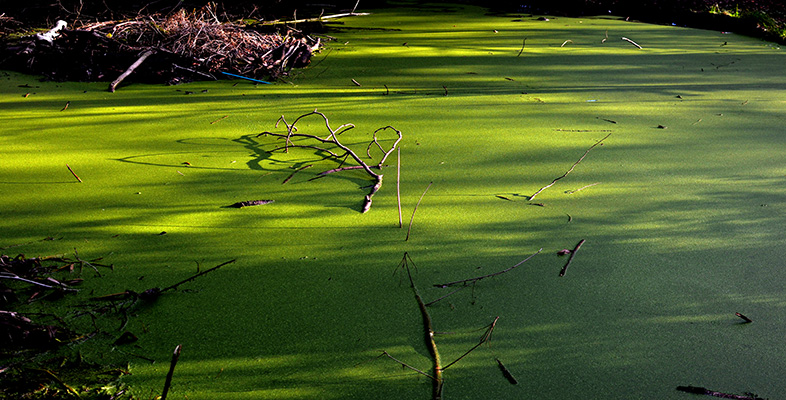4.4.1 Diversion of effluent
In some circumstances it may be possible to divert sewage effluent away from a water body in order to reduce nutrient loads. This was achieved at Lake Washington, near Seattle, USA, which is close to the sea. Lake Washington is surrounded by Seattle and its suburbs, and in 1955 a cyanobacterium, Oscitilloria rubescens, became dominant in the lake. The lake was receiving sewage effluent from about 70 000 people; this input represented about 56% of the total phosphorus load to the lake. The sewerage system was redesigned to divert effluent away from the lake, for discharge instead into the nearby sea inlet of Puget Sound. The transparency of the water in the lake, as measured by the depth at which a white disc could be seen, quickly increased from about 1 to 3 m, and chlorophyll concentrations decreased markedly as a result of reduced bacterial populations.
Diversion of effluent should be considered only if the effluent to be diverted does not constitute a major part of the water supply for the water body. Otherwise, residence times of water and nutrients will be increased and the benefits of diversion may be counteracted.
